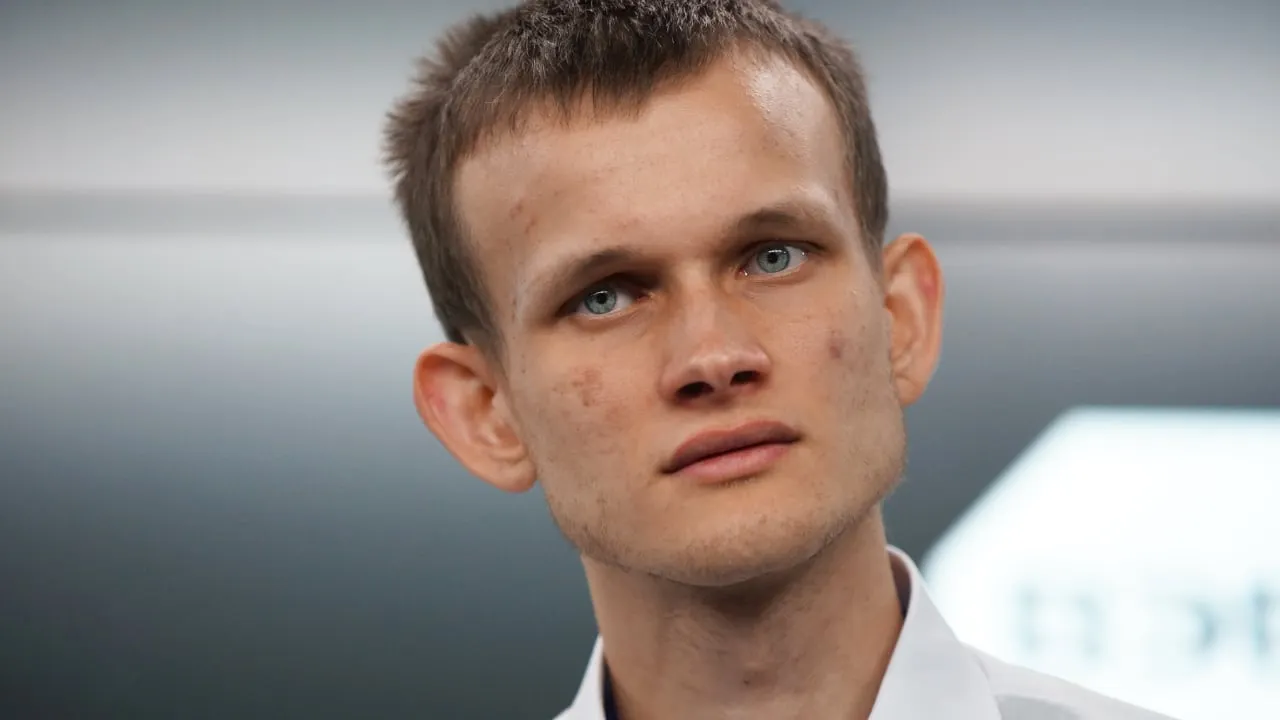Can artificial intelligence have a meaningful crossover with crypto?
Ethereum founder Vitalik Buterin published a blog post on Tuesday exploring the intersection between two of the biggest tech trends, comparing the potential role of AI within crypto to the components of a video game.
The famous developer argued that the most viable role for the former would be “as a player in a game.” Some versions of this have already been popular for nearly a decade, such as when trading bots earn money through arbitrage using blockchain-based decentralized exchanges (DEXs).
“This use case has existed for a long time, even with much simpler AIs than what we have today, but ultimately it is a very real AI + crypto intersection,” he wrote.
The promise and challenges of crypto + AI applications:https://t.co/ds9mLnshLU
— vitalik.eth (@VitalikButerin) January 30, 2024
That’s just one application of many more to come, however: Prediction markets such as AIOmen, for example, may well start to emerge and use AIs as their players.
Thanks to AI’s deep knowledge base and its willingness to bid for cheap where nobody else will, bots could be the spark that allows prediction markets to gain the liquidity that they’ve lacked until now.
Beyond that, Vitalik claims that AI can act as an “interface to the game,” helping crypto users understand the world around them.
The popular crypto wallet MetaMask, for example, already uses software that warns users when they are about to interact with an apparently malicious website or dapp. Similarly, Ethereum wallet Rabby wallet simulates the consequences of a transaction which a user plans to sign, giving them a heads up on potential scams.
“AI could give a much richer human-friendly explanation of what kind of dapp you are participating in, the consequences of more complicated operations that you are signing, whether or not a particular token is genuine… and so on,” Vitalik wrote.
Yet there’s a major risk to this approach: If AI is baked into an open-source wallet, then that means nefarious actors can review its code to launch hacks and scams that don’t trigger the wallet’s AI defenses.
The open-source nature of crypto also works at odds with AI when trying to use it as “rules of a game”—like using “AI judges” or tapping AI to help smart contracts or DAOs make certain subjective decisions. An attacker would be free to design optimized attacks to trick the model into believing that up was down, or that cats were dogs.
While using zero-knowledge proofs could help with the process, Buterin said that it would only add to AI’s already heavy computational intensity, and potentially make it easier for whoever trains the model to corrupt it with poisoning attacks.
That said, if developers can manage to piece together a “trustworthy black-box AI,” he wrote, then the use cases could extend well beyond the blockchain.
“I look forward to seeing more attempts at constructive use cases of AI in all of these areas, so we can see which of them are truly viable at scale,” Vitalik concluded.
Edited by Andrew Hayward

